How to choose the right logs for your Dovre wood burning or multi-fuel stove
Choosing the correct wood for your stove is essential to ensure it burns efficiently with minimal emissions and beautiful flame visuals.
Dovre wood burning and multi-fuel stoves are designed to light easily and burn well, providing you with the maximum amount of heat per log.
Thanks to the design of our high efficiency combustion systems, you’ll need fewer logs to reach a comfortable temperature than on other less efficient products. And your fire will produce less smoke out of the chimney, because each of our stoves have been certified to meet or exceed Ecodesign air quality standards.
But to ensure your Dovre stove is reaching its full potential, you must burn good, dry logs. Read on to find out how to pick the right wood and why wet wood isn’t worth it.
Gathering your own wood
Many of us love the idea of off-grid living. Sourcing your own firewood for your wood burning stove is a great feeling. But there are a few things to bear in mind before burning wood you have sourced yourself.
All freshly cut wood needs to be seasoned before it is burnt, to allow moisture inside to evaporate. This process can take up to two years and needs to be done in a dry ventilated place.
To see if your logs are dry enough to burn, check them with a moisture meter. Make sure you split the log and take a reading from the inside, across the grain, for accuracy.
When the moisture inside the logs is at 20% or below, they are ready to burn.
How to buy good quality dry logs
Whether you prefer the ease of buying your firewood, or you’re just waiting for wood you’ve collected yourself to season, purchasing good quality logs has never been easier.
The Woodsure Ready to Burn scheme guarantees that logs from participating retailers have a moisture content less than 20%. So you can be sure the firewood you are buying can be burnt immediately.
If you buy wood that does not have the Ready to Burn label, measure the moisture levels with a moisture meter to check they are below 20%. Although wood may be sold as “seasoned” it may still contain wet logs which are not suitable for burning until they have been dried out.
Be wary of logs being sold by weight, as heavy wood doesn’t make it good quality. Due to its water content, unseasoned wood is far heavier than good quality dry logs, so it is better to buy your firewood by volume if possible.
Why shouldn’t I burn wet wood?
Burning wet wood is never a good idea, for many reasons. It produces less heat, tars up your stove and chimney and is highly polluting.
From a heating perspective, wet logs are going to take a long, long time to kick out any usable heat. Despite looking and feeling dry to the touch, a freshly felled 2 kg log can hold up to a pint of water. When burnt, so much heat is lost boiling the water away you’re only left with about a quarter of what you’d get from dry logs.
Wet logs also produce much more smoke during combustion. These thick black emissions are bad for your stove and chimney, leaving tar and creosote on the stove glass and the inside of the flue. Overtime this can cause blockages in the chimney and it will need to be swept far more often.
This dirty smoke is not only bad for your stove and chimney, it is also highly polluting. Because wet wood burns inefficiently, there is an increased number of particulates in the smoke. These would normally be burnt off by a stove burning dry wood, but the higher moisture content prevents this from happening.
For more information on Dovre products and how to get the very best from your stove, visit your local retailer who will be happy to advise.


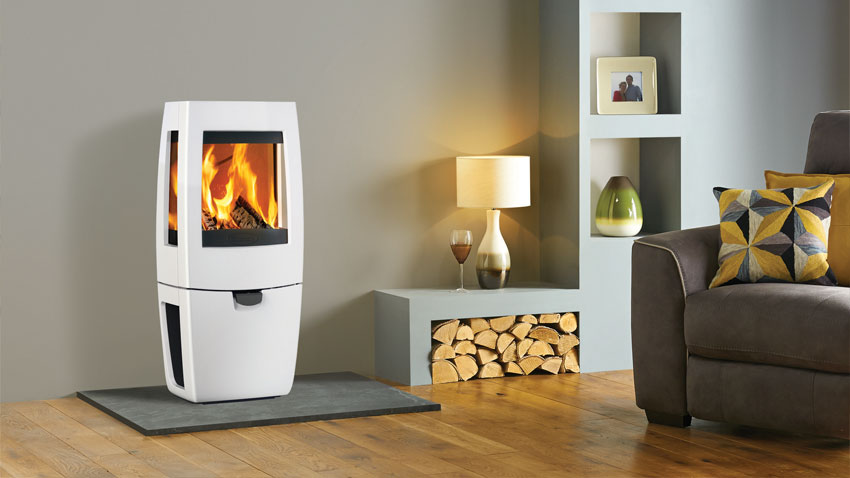
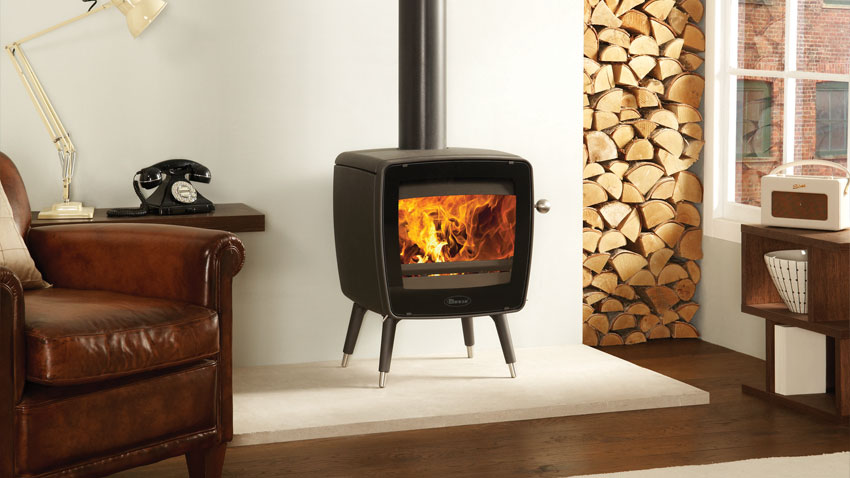
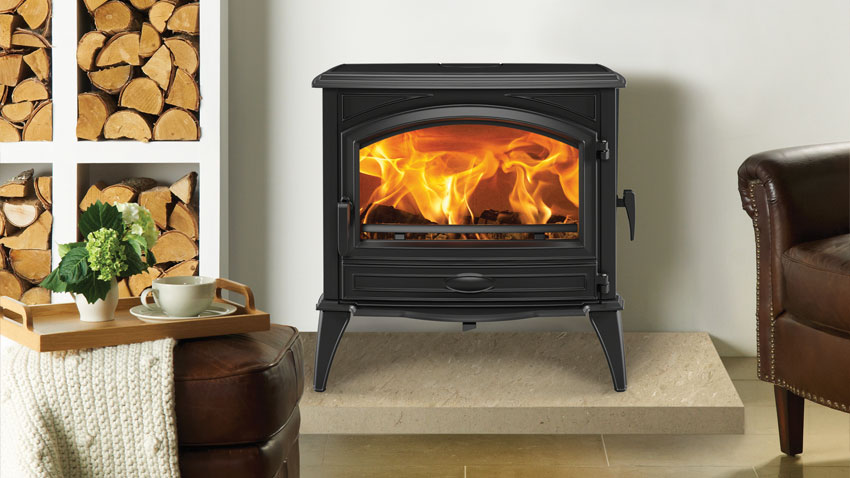

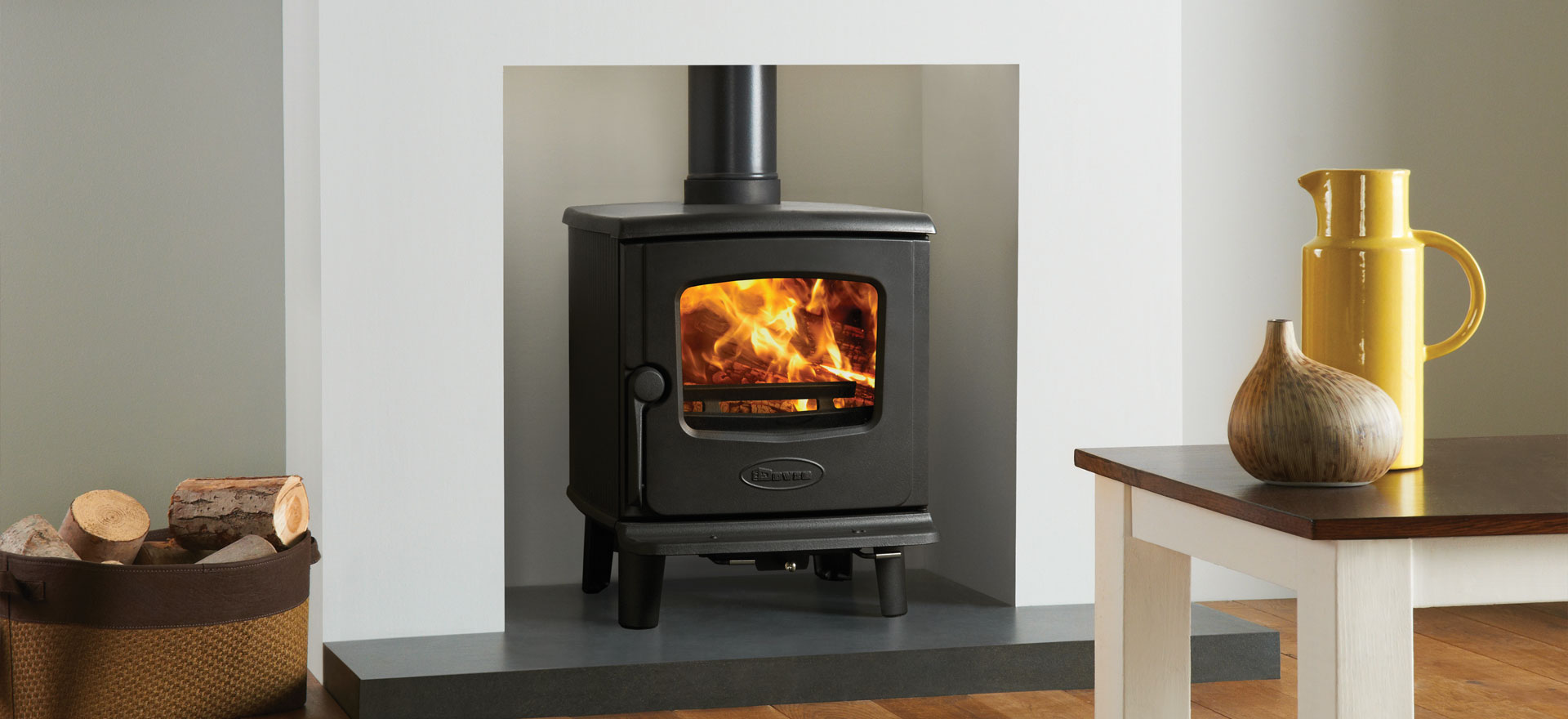
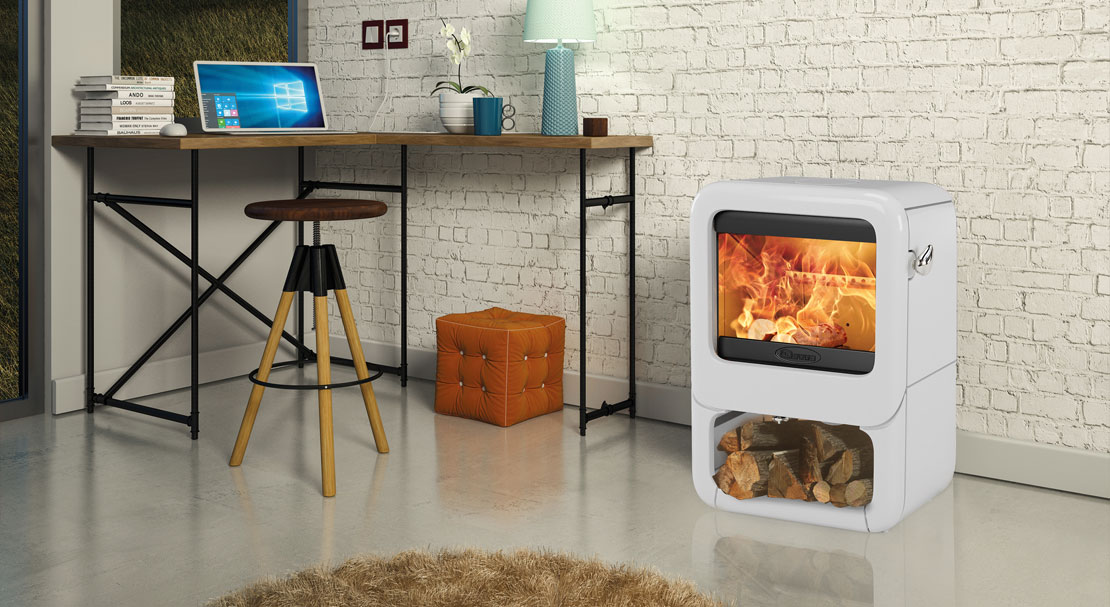
Leave a Reply